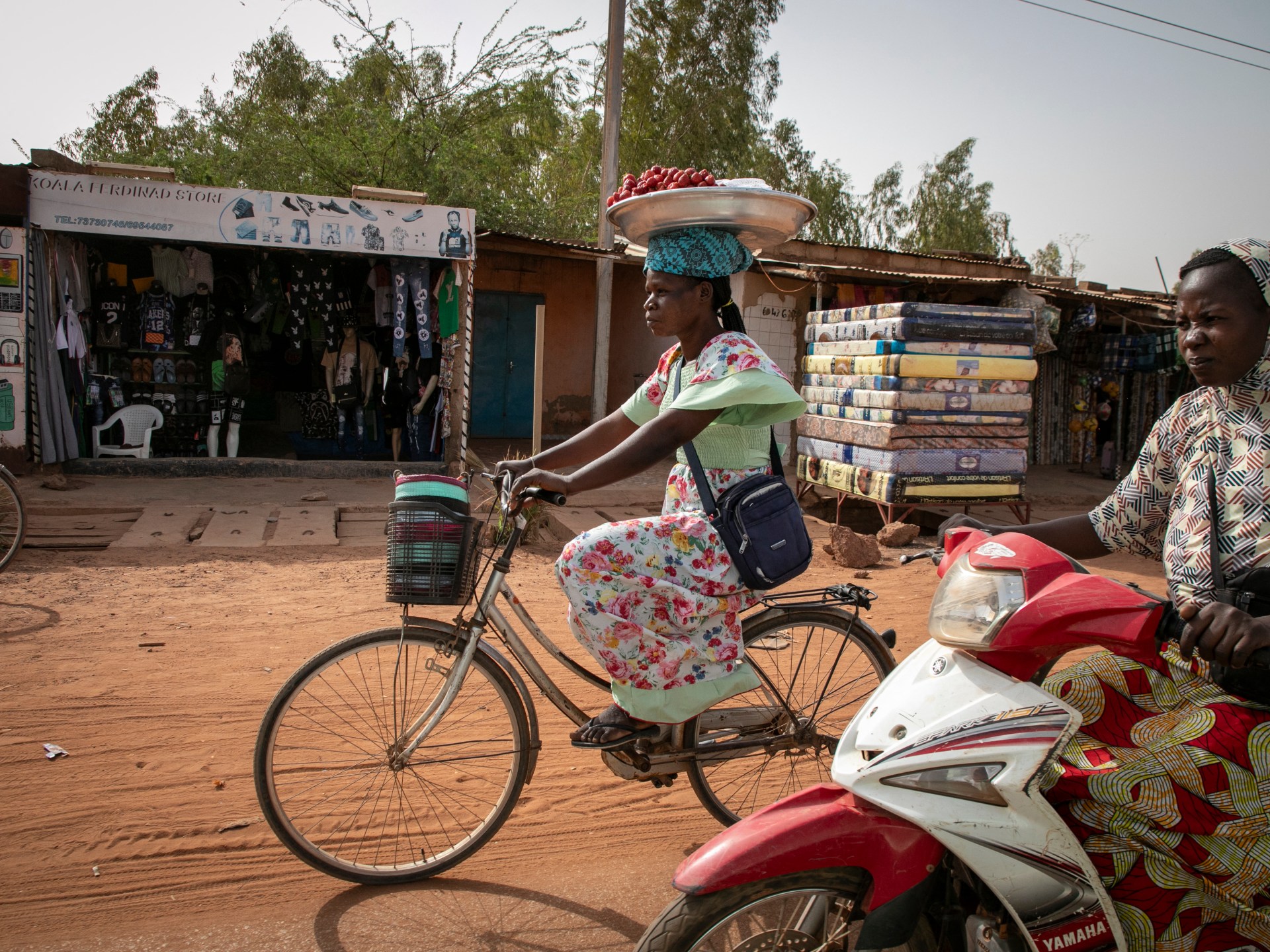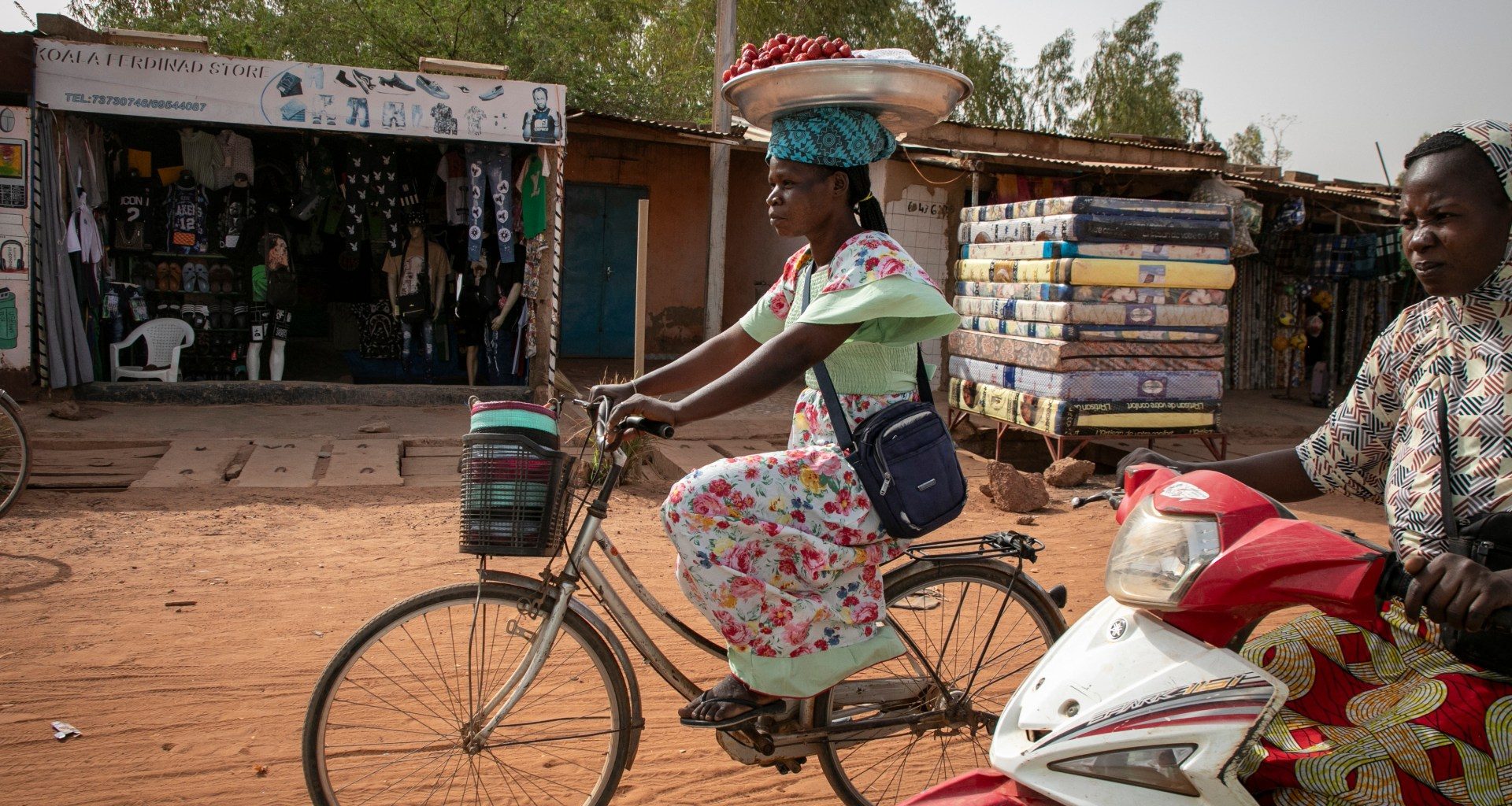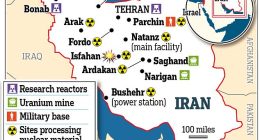
Mali and Burkina Faso recorded most extreme heat in what scientists called a once-in-a-200-year occurrence.
Human-caused climate change contributed to an unusually intense and lethal hot spell throughout West Africa’s Sahel region in April, according to a study by World Weather Attribution (WWA), an international network of scientists focusing on extreme weather events.
The heatwave caused temperatures in Mali and Burkina Faso to climb to more than 45 degrees Celsius (113 degrees Fahrenheit) between April 1 and April 5, an unusual spike for the season that likely led to numerous deaths, said the study published on Thursday.
The extreme weather also coincided with the Muslim holy month of Ramadan and frequent power cuts, heightening the risk of heat-related casualties.
“Even minimum temperatures, overnight, remained relatively high, making it so that people did not get a break from the heat,” the study added.
‘Human-induced’ climate change
The WWA’s observations and climate models found that “heatwaves with the magnitude observed in March and April 2024 in the region would have been impossible to occur without the global warming of 1.2C to date”, which it linked to “human-induced climate change”.
Although the Sahel is accustomed to bouts of heat during this time of year, the extreme hot spell in April would have been 1.4C cooler “if humans had not warmed the planet by burning fossil fuels” such as coal and other activities such as deforestation.
The study noted that the five days of extreme heat was a once-in-a-200-year event.
But it warned that “these trends will continue with future warming”.
The WWA recommended that countries formulate heat action plans that would warn citizens when extreme temperatures are imminent and offer guidance on how to prevent overheating.
It additionally called for strengthening critical infrastructure such as electricity, water, and healthcare systems to adapt to the increasing frequency and intensity of extreme heat.
The length and severity of the extreme heat led to a stark increase in the number of deaths and hospitalisations in Mali and Burkina Faso, the WWA said.
In the Gabriel Toure hospital in Bamako, the capital of Mali, more than 100 deaths were reported between April 1 and 4, compared with 130 deaths for the entire month of March.
A lack of data in the affected countries makes it impossible to precisely estimate the number of heat-related deaths, said the WWA, adding there were likely hundreds, if not thousands, of other heat-related casualties.
The scientists said that rapid urbanisation and loss of green spaces in cities such as Bamako and Ouagadougou, the capital of Burkina Faso, have increased the urban heat island effect, which makes parts of cities significantly warmer than others.
Countries in the Sahel region have had to contend with drought since the 1970s, as well as periods of intense rainfall from the 1990s.
The dwindling availability of water and pasture, compounded by the development of agricultural land, has disrupted the lives of pastoral populations and encouraged the emergence of armed groups that have extended their hold over vast swaths of territory in Mali, Burkina Faso and Niger.
Read More: World News | Entertainment News | Celeb News
Aljazera










